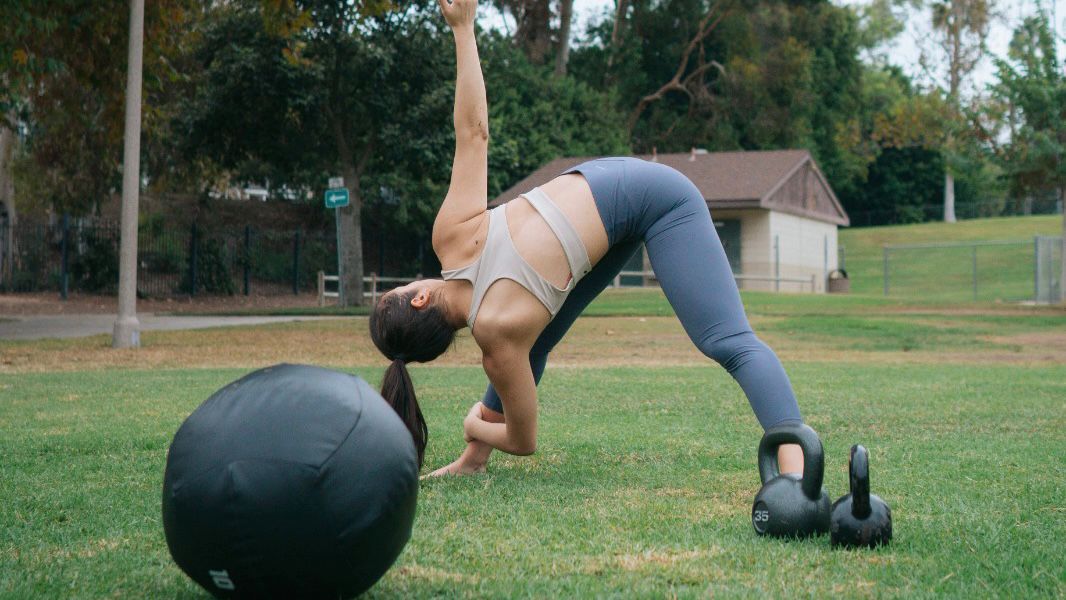
How to Create an Effective Workout Routine
Establishing a well-designed workout routine is essential for achieving your fitness goals, whether you’re aiming to build strength, lose weight, or improve overall health. An effective workout routine not only helps you stay motivated but also ensures that you make progress and avoid plateaus. In this article, we will explore ten valuable tips to help you create a workout routine that is tailored to your needs and maximizes your results.
Define Your Goals:
Before diving into any exercise routine, it’s crucial to identify your fitness objectives. Are you looking to increase muscle mass, improve cardiovascular endurance, or enhance flexibility? Understanding your goals will allow you to structure your workouts accordingly and select exercises that align with your aspirations. Consider what you enjoy doing and what areas of your fitness you would like to prioritize. Choosing activities that you genuinely enjoy will increase your adherence to the routine and make your workouts more enjoyable.
Assess Your Current Fitness Level:
Once you have established your goals, take the time to evaluate your current fitness level. Assessing your strengths, weaknesses, and overall physical condition will help you determine the appropriate starting point for your workout routine. Consider factors such as your endurance, strength, flexibility, and any existing injuries or limitations. By understanding your baseline fitness level, you can design a routine that gradually progresses and challenges you appropriately. Start at a level that is challenging but manageable to avoid injury and ensure long-term sustainability.
Schedule Your Workouts:
Consistency is key when it comes to achieving fitness goals. Establishing a regular workout schedule will not only help you stay committed but also create a sense of structure and routine. Determine the best time of day for your workouts based on your energy levels and other commitments. Block off dedicated time slots in your calendar specifically for exercise. Treat these appointments as non-negotiable and prioritize them just like any other important task. Having a set schedule increases the likelihood of following through with your workouts and ensures they become an integral part of your routine.
Include a Variety of Exercises:
To keep your workouts engaging and avoid boredom, incorporate a variety of exercises into your routine. This not only challenges different muscle groups but also helps prevent overuse injuries. Include a mix of cardiovascular exercises, strength training, and flexibility exercises. Explore different types of workouts such as HIIT (High-Intensity Interval Training), yoga, Pilates, or sports activities. Experiment with various equipment like dumbbells, resistance bands, or exercise machines to add variety and target different muscle groups.
Progress Gradually:
Avoid the temptation to jump into intense workouts right from the beginning. Gradually increase the intensity, duration, or resistance of your workouts to allow your body to adapt and prevent burnout or injury. Start with manageable weights and repetitions, and gradually progress as your strength and endurance improve. Similarly, if you’re incorporating cardiovascular exercises, gradually increase the duration or intensity over time. Progression ensures continued growth and prevents hitting a plateau in your fitness journey.
Ensure Proper Form and Technique:
Maintaining proper form and technique during exercise is vital to prevent injuries and maximize the effectiveness of your workouts. If you’re unsure about the correct form, seek guidance from a certified fitness professional or use reliable resources such as instructional videos or workout apps. Pay attention to your body alignment, breathing, and range of motion for each exercise. Avoid sacrificing form for the sake of heavier weights or faster repetitions. Mastering proper technique from the beginning sets a solid foundation for your workouts and ensures optimal results.
Listen to Your Body: While it’s important to push yourself during workouts, it’s equally crucial to listen to your body and respect its limits. Pay attention to any signs of pain, discomfort, or fatigue. If something doesn’t feel right, modify the exercise or take a break. Rest and recovery are essential components of an effective workout routine. Incorporate rest days into your schedule and prioritize sleep, hydration, and nutrition to support your body’s recovery process. Striking a balance between pushing your limits and honoring your body’s needs is key to long-term success.
Track Your Progress:
Tracking your progress allows you to monitor your achievements, identify areas for improvement, and stay motivated. Keep a workout journal or use a fitness tracking app to record your workouts, including the exercises, sets, and repetitions performed, as well as any notes on how you felt during the session. Additionally, periodically reassess your fitness goals and measure your progress. Celebrate milestones and use them as motivation to continue challenging yourself.
Stay Motivated:
Maintaining motivation is often a challenge, especially when faced with busy schedules or obstacles. Find strategies that keep you inspired and committed to your workout routine. This could include finding a workout buddy for accountability, rewarding yourself after reaching certain milestones, or setting short-term and long-term goals. Experiment with different types of workouts or classes to keep things interesting. Remind yourself of the benefits of regular exercise, such as increased energy, improved mood, and better overall health. Surround yourself with positive influences and seek support from fitness communities or online forums.
Adjust and Adapt:
As you progress in your fitness journey, be open to adjusting and adapting your workout routine. Your goals, interests, and abilities may change over time, so it’s important to modify your routine accordingly. Periodically reassess your goals and make adjustments as needed. Incorporate new exercises or training techniques to challenge your body in different ways. Embrace flexibility and view your workout routine as a dynamic process that evolves with you.
Conclusion:
Creating an effective workout routine is a personalized process that requires thoughtful planning and flexibility. By defining your goals, assessing your fitness level, scheduling your workouts, incorporating variety, progressing gradually, ensuring proper form, listening to your body, tracking your progress, staying motivated, and being open to adjustments, you can design a routine that optimizes your fitness journey. Remember, consistency and commitment are key to achieving long-term success. Start today and embark on a fitness journey that will enhance your physical and mental well-being.












